TALKING TRASH
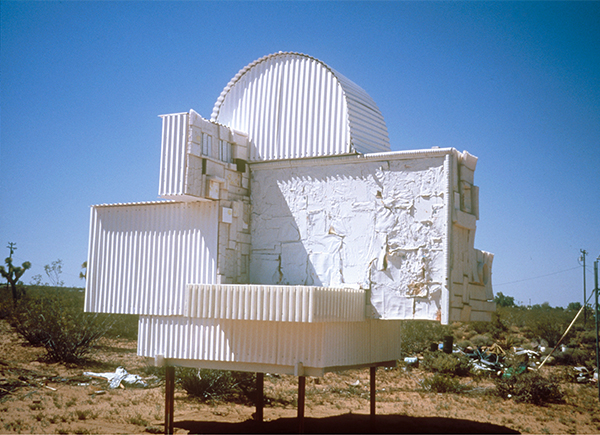
After the 1965 Watts riots in Los Angeles, Noah Purifoy began collecting charred debris that he found in the streets. The industrial artist devoted his life to assembling discarded materials into provocative installations, and created these large-scale pieces right up until his death in 2004. A permanent exhibition at the Noah Purifoy Outdoor Desert Art Museum of Assemblage Sculpture sits on 10 acres of land in Joshua Tree, California. To celebrate the relatively unknown artist, the Los Angeles County Museum of Art will temporarily move some pieces from the permanent exhibition to their own gallery for a retrospective that explores the artist’s role in the assemblage movement.
Noah Purifoy: Junk Dada runs June 7–September 27, 2015 at the Los Angeles County Museum of Art.
INSIGHTFUL INSTALLATIONS
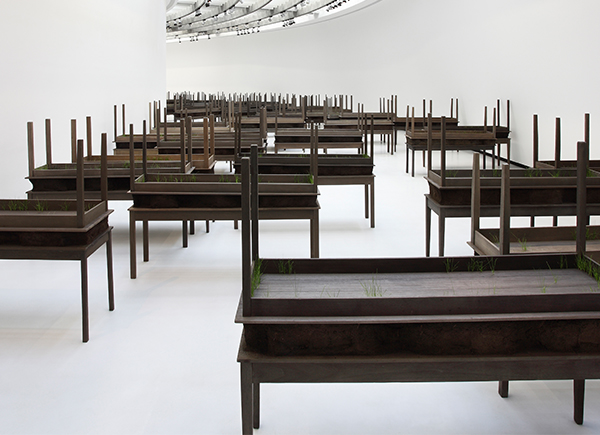
Courtesy Alexander and Bonin, New York.
For the past three decades, Doris Salcedo has created bold, sculptural artworks that tell a complex story of the social injustice occurring in her native Colombia. The Guggenheim Museum is holding a retrospective to honour Salcedo that features a large portion of the artist’s work over four floors of the building’s Tower galleries.
Doris Salcedo runs June 26–October 12, 2015 at the Guggenheim Museum in New York.
ONE WOMAN SHOW
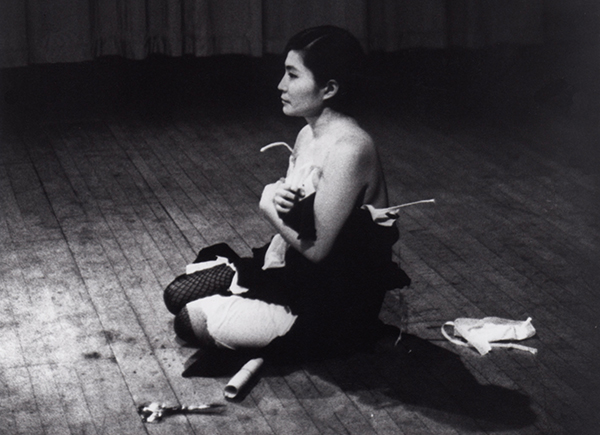
Guests arrived at the Museum of Modern Art in 1971 expecting to see a collection of Yoko Ono’s work titled Museum of Modern [F]art, only to find a sign on the door inviting them to track down flies that she had released across the museum grounds. This summer, MoMA is putting on an exhibition of her artistic creations as a nod to the famous unauthorized stunt exhibition that she staged four decades ago. The show surveys works in the realms of print, performance and installation art between the years of 1960 and 1971.
Yoko Ono: One Woman Show 1960–1971 runs until September 7, 2015 at MoMA in New York.
LENSES OF TRUTH
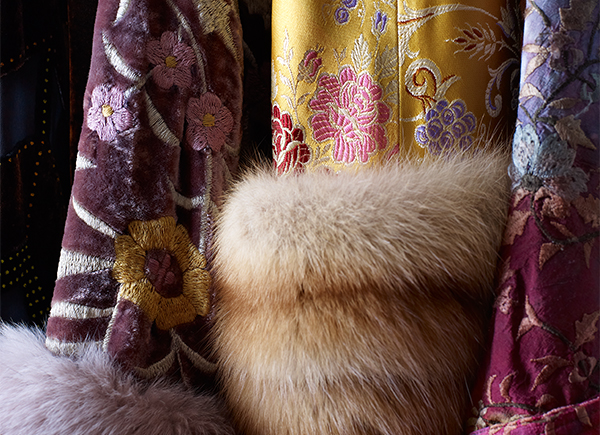
The work of eight photographers and filmmakers from Canada and the United States is brought together at the Vancouver Art Gallery for a special exhibition. The show aims to pay homage to the camera’s unique ability to show truth in the world around us, and to celebrate the acceptance photography is gaining as an artistic medium.
Residue: The Persistence of the Real runs June 12–September 27, 2015 at the Vancouver Art Gallery.
THE MAN OF THE HOUR
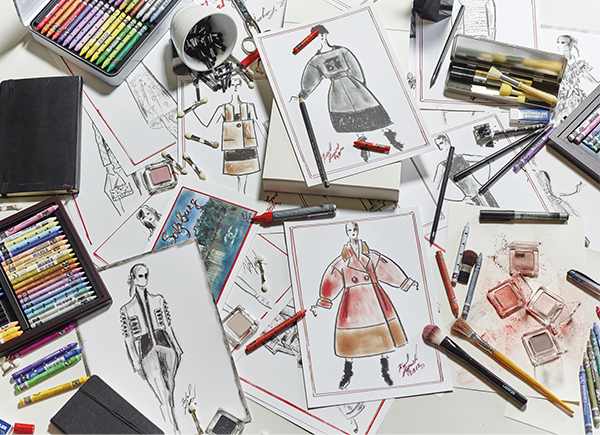
© Studio Condé Nast 2015.
Karl Lagerfeld has worked for a range of fashion houses from Balmain to Fendi, Chloé to Chanel, as well as his own eponymous line. This summer, Lagerfeld is honoured with a comprehensive exhibition charting a career that has spanned over 60 years.
Karl Lagerfeld. Modemethode runs until September 13 at the Art and Exhibition Hall of the Federal Republic of Germany in Bonn.
APPAREL POWER
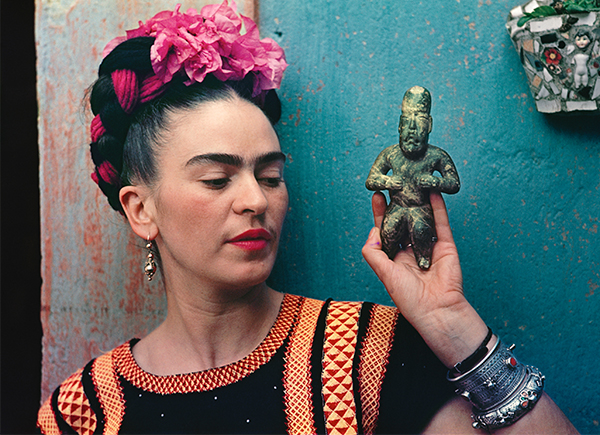
Frida Kahlo’s fame lies not only in her artwork, but also in the way she presented herself as an artistic entity. “She was very careful about her constructed identity,” says Sarah Quinton, curatorial director of the Textile Museum of Canada. This summer, the museum honours Kahlo with an exhibit of over 50 photos by Nickolas Muray (renowned photographer and the artist’s lover), along with indigenous artefacts from the gallery’s permanent collection. The portraits feature Kahlo wearing both traditional Mexican garments and modern European pieces. “By choosing the garments that she wore, she bridged the gap between the European heritage in Mexican history and the indigenous heritage in Mexican history,” said Quinton. “In doing so, she was claiming allegiance to the complete history of the country.” By acknowledging both sides of the story, Kahlo made a strong statement about Mexico’s cultural identity—and her own.
Frida Kahlo: Through the Lens of Nickolas Muray runs until September 7, 2015 at the Textile Museum of Canada in Toronto.
ACTION PAINTER
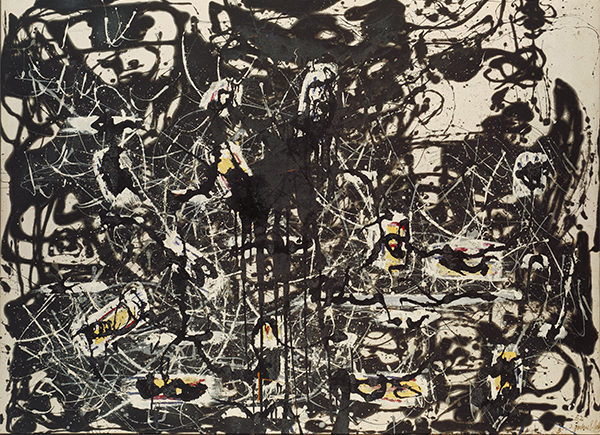
Jackson Pollock’s claim to fame is due just as much to his captivating work as it is to his unique approach to painting, which famously involved him standing above his blank canvases and splashing them with paint. The Tate Liverpool is showcasing Pollock’s later, lesser known Black Pourings of the early 1950s, which were a striking departure from his vividly colourful earlier work. Jackson Pollock:
Blind Spots runs June 30–October 18, 2015 at the Tate Liverpool in England.
